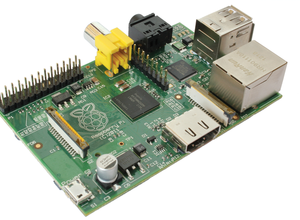All the Pi
Raspberry Pi users think small and dream big, imagining ingenious projects that put the unobtrusive Raspberry Pi to work on practical problems. And along the way, they learn things you don't ever discover by pointing and clicking with a smartphone or MacBook.
Welcome to the first issue of Raspberry Pi Geek.
If you picked up this magazine, it is probably because you own a Raspberry Pi or are curious about Raspberry Pi – the amazing US$ 35 computer that has sparked a revolution.
Raspberry Pi users think small and dream big, imagining ingenious projects that put the unobtrusive Raspberry Pi to work on practical problems. And along the way, they learn things you don't ever discover by pointing and clicking with a smartphone or MacBook.
[...]
Use Express-Checkout link below to read the full article (PDF).








